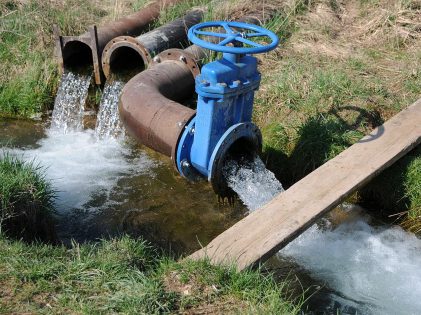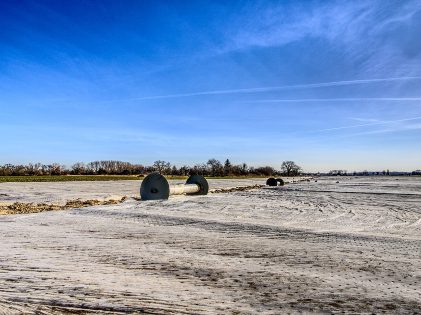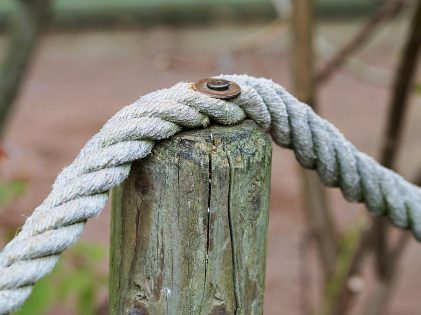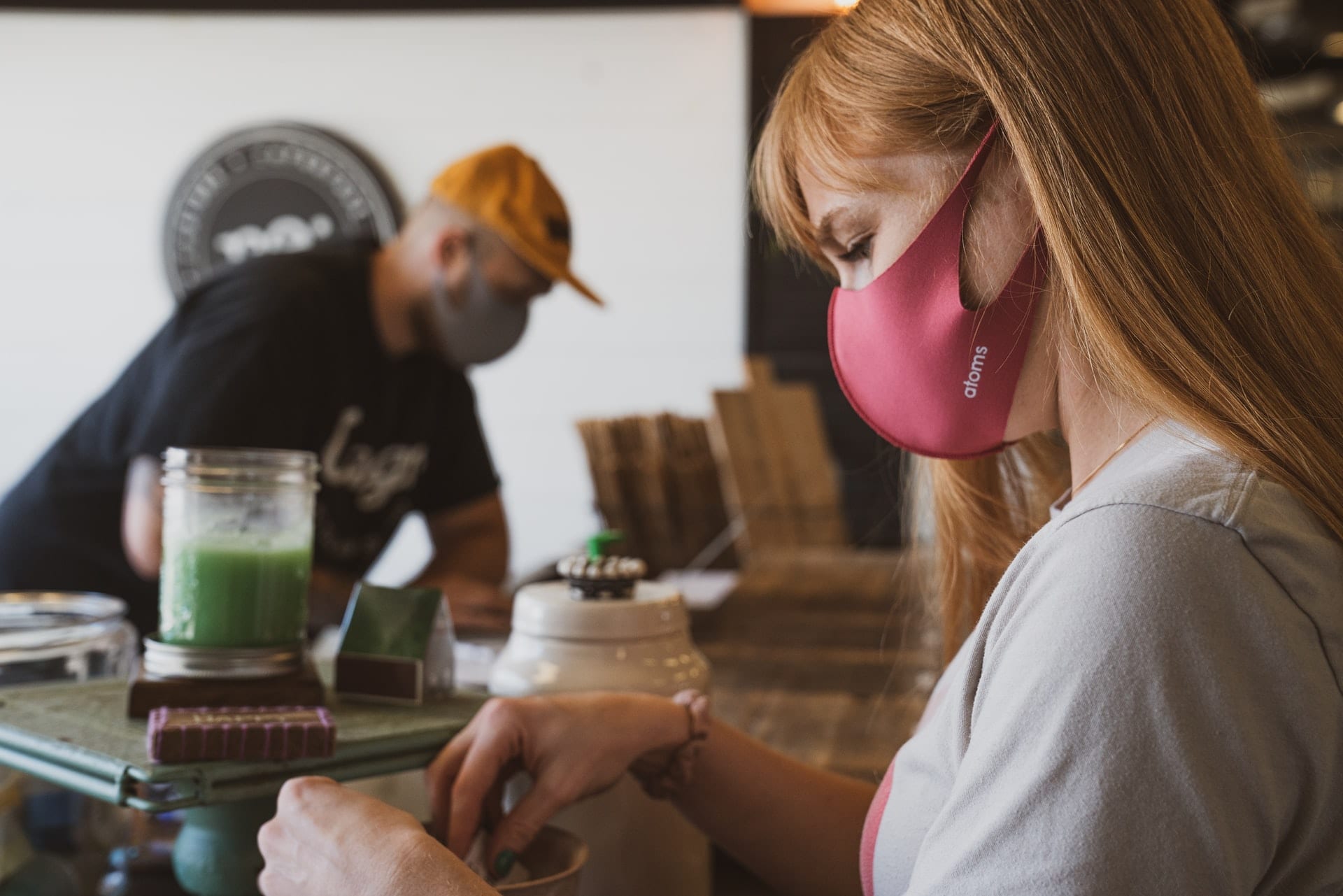As a rule of thumb in farming, rain is considered a blessing for a maximum variety of plants. Water, as they say, is the most valuable resource a farmer needs to produce crops. The monsoon offers respite for the farmers when the summer dries up the soil. With that being said, excess of anything is wrong. Too much rainfall can also prove to be challenging for the farmers. Ideal rain acts as a salvation for the farmers. But higher than that can prove to be deadly for the crops. Not only can they drown the crops, but excess rainfall can lead to lower yields. Fortunately, the farmers have been tackling this problem for thousands of years. They have some exciting and easy tricks up their sleeve with the help of which they can protect their crops during monsoon.
Set Up a Well-Planned Drainage System
 By ensuring a proper drainage system before the monsoon, you can effectively reduce the detrimental effects of the rains on the crops. When there is no drainage system, the rainwater accumulates on the farm and enters the soil. As a result, the roots get submerged, and the plants get destroyed. In case your plants require your attention round the clock, then waterlogging is troublesome.
By ensuring a proper drainage system before the monsoon, you can effectively reduce the detrimental effects of the rains on the crops. When there is no drainage system, the rainwater accumulates on the farm and enters the soil. As a result, the roots get submerged, and the plants get destroyed. In case your plants require your attention round the clock, then waterlogging is troublesome.
This is the case with the majority of hydroponic plants. If there is too much rainwater on the farm, navigating through and getting access to your plants might be a tough job. You can eliminate this issue by building a primary channel or a canal. It will act as a pathway for the rainwater accumulated on the farm as it can easily pass through the area you have selected for collecting rainwater.
Put a Rain Cover
 The most typical way to protect your crops from the monsoon is by preventing rainwater from reaching them. Now how can you do that? It’s simple. All you need to do is set up rain covers. If you are growing your plants in a mostly open area, then setting up rain cover for them can be fruitful.
The most typical way to protect your crops from the monsoon is by preventing rainwater from reaching them. Now how can you do that? It’s simple. All you need to do is set up rain covers. If you are growing your plants in a mostly open area, then setting up rain cover for them can be fruitful.
However, before choosing a rain cover for your crops, you must consider a few fundamental factors. Choose a rain cover that’s not only durable but tear-resistant as well. Also, make sure that you can reuse them whenever needed. Additionally, take the measurements of your farm to get a cover that perfectly fits it. That way, no part of the field will remain uncovered.
Never Plant Trees Close to Your Crops
If you don’t want your plants to get crushed, never plant trees close to them. During storms, there is every possibility that the branches will break. The whole tree might get uprooted and fall if there is a fierce storm. The crops can get damaged if an entire tree falls on them. To prevent this, you can plant a new tree at a distance from the area where you have planted your crops.
You can protect your crops in case thunderstorms or strong winds strike. If you have trees close to your crops, you can check them out regularly. If you need to remove any old branch or an unstable limb, do it as early as possible. These will, in all probability, fall on your crops during a storm.
Stake the Plants
 When heavy rains and strong winds hit your plants at the same time, you face a lot of added challenges. Smaller plants are soft and tender. Therefore, they are most prone to the effects of these strong winds. To stop this from happening, you can stake your plants. Put a wooden stake close to a small plant and use a few strings to attach the stem to the stake.
When heavy rains and strong winds hit your plants at the same time, you face a lot of added challenges. Smaller plants are soft and tender. Therefore, they are most prone to the effects of these strong winds. To stop this from happening, you can stake your plants. Put a wooden stake close to a small plant and use a few strings to attach the stem to the stake.
The plant will get extra support and strength. When you stake your plant, make sure that the stake is comparatively taller than the plant. This will ensure that when the plant grows, the stem will neither break nor bend.
No rocket science is involved when you need to protect your crops from any atmospheric condition. If you follow the above-stated methods and take care of your plants from time to time, you will notice your plants thriving.








